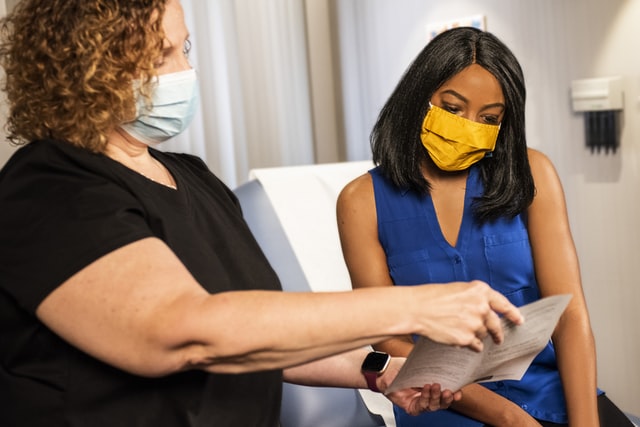Fertility Testing For Women
Initial screening for women includes testing of ovarian reserve, blood hormone levels to assess ovulation, and uterine cavity and tubal patency testing.
Bloodwork
DAY 3 FSH and E2:
A day 3 FSH and E2 (estradiol) level gives insight into the number of eggs or “ovarian age” of the ovary. The FSH or follicle stimulating hormone is responsible for stimulating the ovary to produce an egg each cycle. If the ovary is less responsive or “older” the level will be elevated. A level of less than 10 IU/L is considered a good level and a level of over 15 is may indicate reduced ovarian reserve. The E2 or estradiol level should be under 200 pmol/L.
ANTI-MULLERIAN HORMONE (AMH) Testing:
Anti-müllerian hormone (AMH) is a substance produced by the ovarian follicles, serving as an important marker for a woman’s ovarian reserve. A simple blood test, AMH testing plays an important role in the fertility evaluation process. Testing AMH levels can help assess a woman’s reproductive potential and predict response to fertility treatments.
PROGESTERONE:
A progesterone level is taken in the second half of the menstrual cycle to evaluate ovulation. A progesterone level of greater than 10 pmol/L is considered diagnostic of ovulation
Ultrasound
HSG (Hysterosalpingogram)
An HSG is an x-ray procedure performed to determine the shape of the uterus and whether the fallopian tubes are open. An HSG is an outpatient procedure that takes less than 5 minutes to perform. It is usually done after menstruation has ended.
HSG Specific Instructions
Your doctor has ordered an x-ray of your fallopian tubes called a hysterosalpingogram or HSG. Dye is injected into the uterus and fallopian tubes via a narrow tube inserted through the cervix. The procedure is done in the X-Ray Department located on the 4th floor of the Foothills Medical Centre.
It will be performed by a fertility specialist from the Regional Fertility Program. It will be timed in the early days of the menstrual cycle usually between days 6-12, after bleeding has stopped but before ovulation. This procedure may result in mild cramping and these may last a short while afterwards. Therefore, a mild pain killer is given and an antibiotic to minimize the very
SHG (Sonohysterogram)
Sonohysterograms (SHG) use ultrasound and sterile water, whereas Hysterosalpingograms (HSG) uses X-ray and contrast to visualize the uterine cavity and patency of the fallopian tubes. SHG may not always be able to identify patency of tubes but gives a much clearer outline of the uterine cavity.
SHG Specific Instructions
SHG’s are done at EFW Radiology, two floors below the Regional Fertility Program on the second floor of the Cambrian Centre. They are performed Monday through Friday in the morning between 10 and 11 am and in the afternoon between 1:00 and 3:30 pm. No procedures are done on weekends or holidays. One of the physicians at the Regional Fertility Program will perform the procedure.

